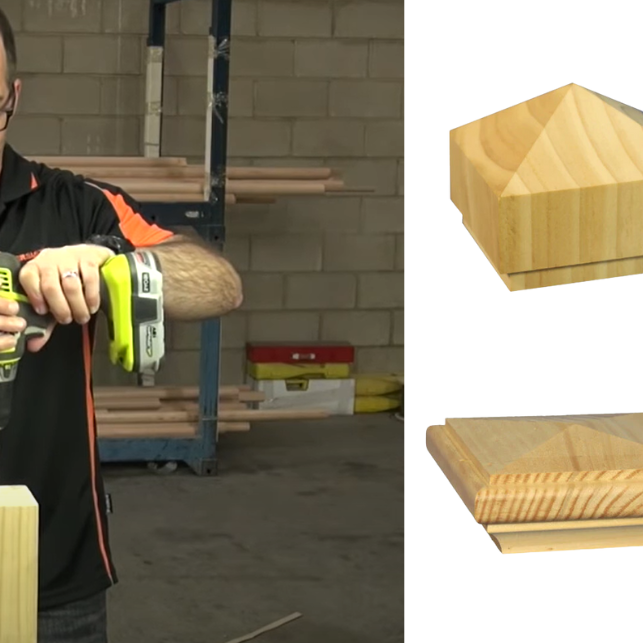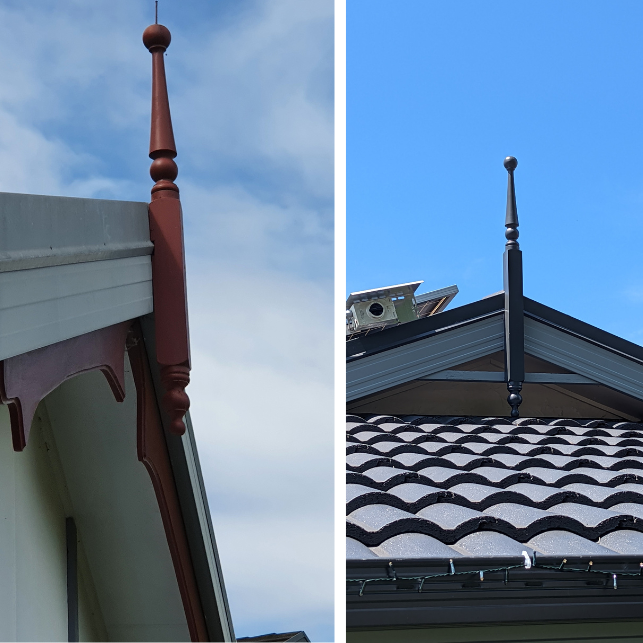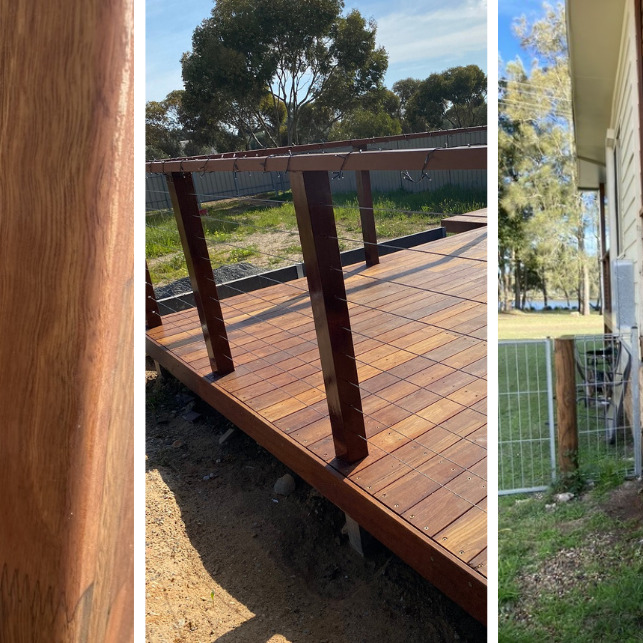
What Is H3 Treatment & How To Care For H3 Treated Products
Tips and tricks on how to keep your H3 treated products looking great for years to come!What Is H3 Treatment & How To Care For H3 Treated Products
H3 treated timber is a popular choice for outdoor use due to its affordability and resistance against insects and moisture. However, to maintain the quality of the product and prolong it's lifespan, proper care and maintenance are essential.
In this blog post we’ll discuss some tips and tricks for caring for H3 treated products & how to keep if from rotting and splitting over time. Follow our recommendations and your treated products will look great for years to come!

What is H3 Treatment?
H3 treatment provides protection to timber (such as pine) against borers and termites, moisture and the weather, thus making it suitable for above ground outdoor use.
In Australia H3 treatment is typically mixed with blue/green dyes to help differentiate treated pine from non-treated timber varieties. Sometimes, the timber might also be branded or stamped & often smells strongly before it is painted/sealed.
H3 treatment is a chemical process which involves a number of difference compounds, the most common being: Boron, Synthetic pyrethroids, Imidacloprid, ACQ (alkaline copper quaternary), CA (copper azole) and CCA (chromated copper arsenate). You can read more about these chemicals here.
How To Care For H3 Treated Products
Typically, H3 treated products have only been treated externally. This means that any newly exposed timber, such as timber that has been cut or cracked, may not be protected against insects or the elements. Therefore, to ensure that your timber does not rot or decay, H3 treated products should always be painted & never used below ground.
When painting your H3 treated product, we recommend using a water based undercoat/primer, and at least 2 coats of the final colour. This will help prevent your timber product from cracking in the sun by providing an additional barrier, thereby stopping any untreated timber from being exposed.
H3 treated products should never be left raw (nor oiled or stained) when being used outdoors as this leaves them susceptible to splitting and cracking. Additionally, due to the dye used in the treatment process, treated timber often has a blue/green exterior.
Do’s & Don’ts Of Caring For Treated Timber Products
Do:- Use paint to protect the timber and prolong its lifespan.
- Use a water based undercoat/primer.
- Store treated timber products in a dry and well-ventilated area to prevent any moisture absorption prior to painting.
- Paint over any cracks that form over time.
- Re-treat any cut or newly exposed timber (aerosols can be used to re-treat small areas, whereas paint on treatment is better for larger areas)
- Completely remove/replace old, rotted timber with newly treated H3 products.
Don't:
- Sand or cut treated timber products (unless you intend to re-treat the newly exposed area).
- Use raw, oiled, or stained H3 treated products for outdoor applications.
- Attempt to remove or re-treat rotted timber products - it is always safer to replace

Common H3 Treated Products
H3 treated products are commonly used in the construction of pergola’s, fences, and decks due to it’s low price point & durability. Some of our most popular H3 treated products include:
View Full Range Of Treated ProductsAlternatives to H3 Treated Products
Some timber species have a high oil content, and therefore a natural resilience to the weather, meaning they can be used in place of H3 treated products. Some of these species include: blackbutt, spotted gum, jarrah & kwila!
Related Reading: How To Choose the Best Timber Species for Your Project
Other Articles You Might Like
-
 A post capital, also known as a post cap or finial, is a decorative and protective ‘cap’ that is installed on top of a fence or stair post to help protect it from the elements (by covering the exposed end grain of timber posts, or open end of metal posts). Traditionally they were manufactured from timber, but are now also available in a range of different metal finishes such as aluminium and stainless steel.Read now
A post capital, also known as a post cap or finial, is a decorative and protective ‘cap’ that is installed on top of a fence or stair post to help protect it from the elements (by covering the exposed end grain of timber posts, or open end of metal posts). Traditionally they were manufactured from timber, but are now also available in a range of different metal finishes such as aluminium and stainless steel.Read now -

How To Install or Replace Roof Finials and Gable Spires
You might be surprised to learn that there are no hard and fast rules when it comes to installing roof finials and gable spires. Almost every installation will vary slightly from each other depending on the style and age of the house it is being installed on. With that being said, installing roof finials does not generally require any specialty tools or equipment, just standard timber screws or nails.Read now -

Wire Balustrade Pricing Guide: Average Costs for Decks, Stairs, and Platforms
When it comes to domestic decks, staircases, and balconies, wire balustrades have become a popular choice in the world of architectural and interior design. Also known as stainless steel balustrading, this system offers a contemporary and minimalist alternative to traditional glass and timber options, often at a more cost-effective price point.Read now



